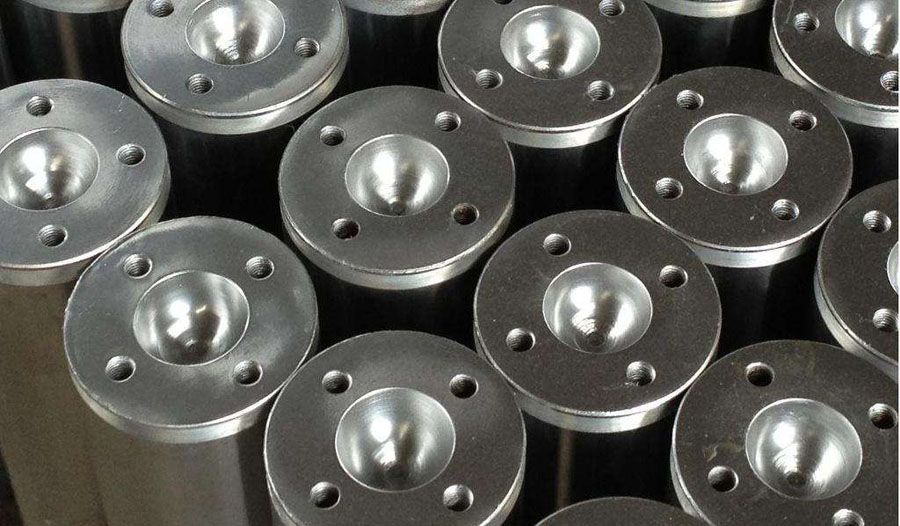Electroplishing uses the workpiece to be polished as the anode, insoluble metal as the cathode, and both poles are immersed into the electrolytic cell at the same time. Through DC ionization reaction, selective anode dissolution is generated, so as to remove fine burrs on the workpiece surface and increase the brightness. Electroplishing is mainly used for the polishing of metal products and parts with small surface roughness, such as mirrors, stainless steel tableware, decorations, injection needles, springs, blades and stainless steel pipes. It can also be used for the polishing of certain molds (such as bakelite molds and glass molds) and metallographic grinding pieces.
Principle
The theory is mainly that the metal ions separated from the workpiece and the phosphoric acid in the polishing solution form a phosphate film and are adsorbed on the workpiece surface. This kind of mucosa is thin at the bulge and thick at the depression. Because of the high current density at the bulge, it dissolves quickly. With the flow of the mucosa, the unevenness changes continuously, and the rough surface is gradually flattened.
The workpiece is connected to the positive electrode of the DC power supply as the anode. Use lead, stainless steel and other conductive materials resistant to electrolyte corrosion as the cathode, and connect the negative electrode of DC power supply. The two are immersed in the electrolyte (usually sulfuric acid and phosphoric acid as the basic components) at a certain distance. Under a certain temperature, voltage and current density (generally lower than 1 A / cm2), the micro convex parts on the surface of the workpiece will dissolve first and gradually become a smooth and bright surface after being electrified for a certain time (generally several tens of seconds to several minutes).
Characteristic
The characteristics of Electroplishing are:
①The polished surface will not produce metamorphic layer, no additional stress, and the original stress layer can be removed or reduced
②It can process hard materials, soft materials, thin-walled, complex and small parts and products that are difficult to be mechanically polished
③The polishing time is short, and multiple pieces can be polished at the same time, with high production efficiency
④The surface roughness that can be achieved by electropolishing is related to the original surface roughness, which can be generally improved by two levels. However, the application range of Electroplishing is limited due to the poor versatility, short service life and strong corrosion of electrolyte.

Advantages And Disadvantages
Advantage
1: The internal and external colors are consistent, and the luster is durable. The concave part that cannot be polished by mechanical polishing can also be leveled.
2: High production efficiency and low cost. Samples can be prepared in large quantities
3: Increase the corrosion resistance of the workpiece surface, which can be applied to all stainless steel materials.
Shortcoming
1: The quality of Electroplishing is related to the specifications of electrolyte, current and voltage. Different polishing parameters need to be explored, and there are many parameters affecting electropolishing, so it is difficult to find the correct electropolishing parameters.
2: It is difficult to obtain good results for samples such as cast iron and inclusions.
3: The electrolyte composition is complex, so it is necessary to pay attention to safe operation.


